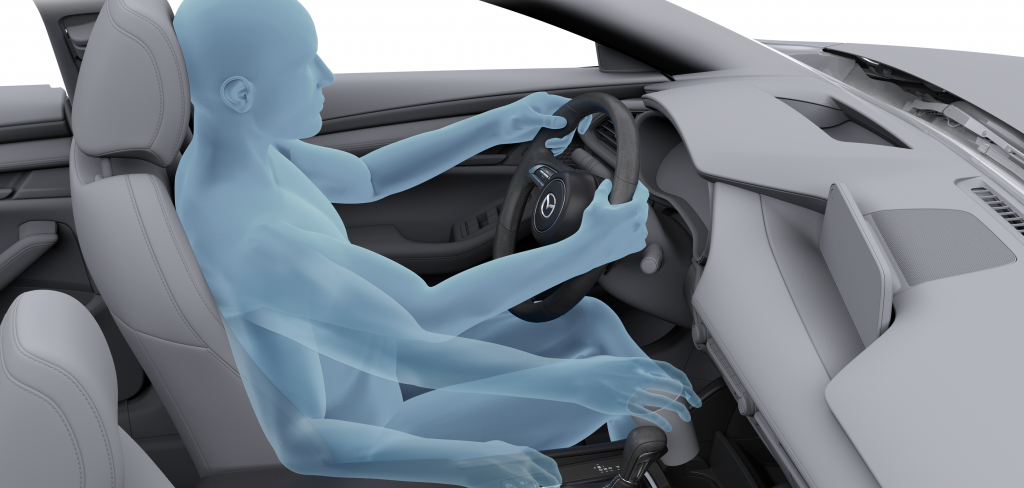According to the authors of a new book, Automotive Human Centred Design Methods, the 21st century is characterized by ever greater reliance on the innovation paradigm of human-centered design (HCD). In many sectors, the practices of “technology push” and “market pull” have been giving ground to newer ways of innovating which are based more on careful attention to the characteristics and needs of people. Where ethnographic, ergonomic and UX practices were once the remit of only the design teams, the practices and values of HCD are now permeating widely, leading in many cases to business restructuring.
The authors identified a need for introductory materials to help professionals of all types to understand and deploy HCD methods. The automotive sector, characterized by large and sophisticated organizations and by more than a century of success, is one sector with extensive requirements for HCD methods.
The authors – Voula Gkatzidou, Imperial College London, UK; Joseph Giacomin, Brunel University, UK; and Lee Skrypchuk, Jaguar Land Rover, UK – are experts in automotive ergonomics, UX and HMI, who felt the need for a compendium written in simple everyday language; an inclusive and easily accessible reference. The resulting introductory book links the philosophy of human-centred design innovation to the basic methods and simple everyday steps which can be taken to better understand customers and to better define briefs and tests.
They say the book should prove a valuable reference to automotive designers who wish to more deeply integrate HCD into their everyday work, and to any professional who wishes to widen their skill set and understanding of HCD.
The information regarding the selection of HCD methods, and their deployment, should provide a gentle introduction to the world of human-centred design.



